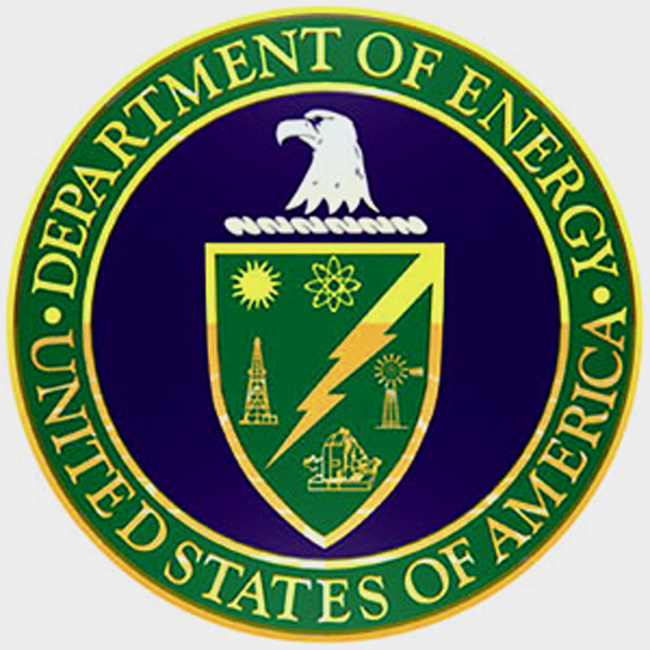


|
Dark Matter makes up for more than 85% of the universe, but is yet to be fully understood. It can be felt gravitationally, but can not be seen. The motion of galaxies and clusters are dominated by the presence of this Dark Matter. Dark Matter pervades all space around us, but we do not see it due to its exceptionally low interaction strength with ordinary matter. The most plausible hypothesis for the nature of Dark Matter, based on astrophysical observation and particle physics, is a particle called WIMP (Weakly Interacting Massive Particle). A dark matter particle passes through us every second, yet we do not feel it due to their extremely rare interaction with ordinary matter. Understanding the nature of Dark Matter is one of the biggest quests of Physics. Due to the rareness of such recoil and the exceptionally low amount of energy released, an experiment needs to not only be very sensitive, but also have the ability to reject fake events, which can come from radioactivity. The experiment that has led the world in the field of low-mass dark matter search is called the Super Cryogenic Dark Matter Search (SuperCDMS), earlier located in USA and the next generation being commissioned in the SNOLAB at Sudbury mines in Canada. The experiment uses very sophisticated detector technology and advanced analysis techniques to enable cryogenically cooled (almost absolute zero temperature at 40 mK) Germanium and Silicon targets to search for the rare recoil of dark matter particles.
|
|
|
Our group is leading (along with Stanford) the detector development for next generation dark matter detectors utilizing cryogenically cooled semiconductor detectors with Transition Edge Sensors. Using our dedicated semiconductor detector fabrication facility in the Mahapatra group, we are inolved in end to end fabrication of SuperCDMS detectors, starting from bare Ge/Si crystals from vendors and going through a series of steps involving characterization of the crystal purity, detector grade polishing, followed by thin film deposition and photolithographic patterning of the transition edge sensors. Finally, we fully cryogenically characterize these detectors in our labs at TAMU using our newly acquired Bluefors closed-cycle cryogenic systems. We have also utilized our detector and cryogenics expertise to establish a new experiment to detect coherent scattering of neutrinos (CNS) on these ultra-low threshold detectors and use it as a probe to search for new physics. The new MINER (Mitchell Institute Neutrino Experiment at Reactor) is housed at the Nuclear Science Center (NSC) on the TAMU campus. This experiments hopes to be the first experiment in the world to detect coherent scattering of reactor neutrinos, which would not only open doors to potential new physics, but also have practical applications in nuclear reactor safeguards and non-proliferation: MINER Axion is another possible candidate for Dark Matter that was hypothized to solve the strong-CP problem in particle physics. There is a very large parameter space for axion mass, since they were never in thermal equilibrium unlike the WIMPs. While supeconducting RF cavities are the leading technolgies for tunable axion searches, the community has recently realized new ideas exist for broadband axion searches from the conversion of photons into axions through the Primakoff process. One such idea is being pursued by our group at the MINER reactor experiment, with the profuse source of photons from the reactor: PRL. |
|